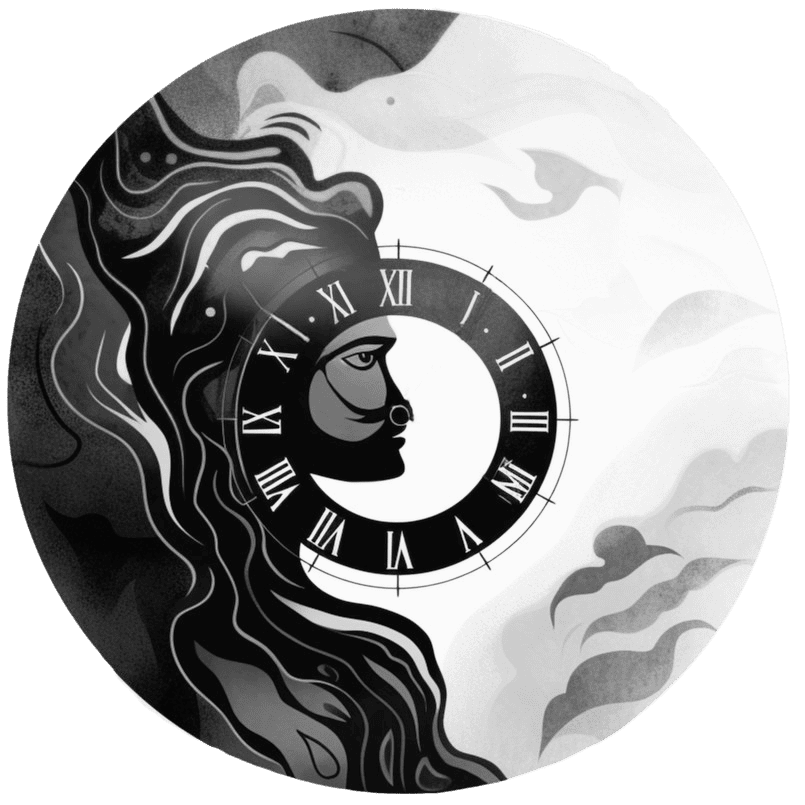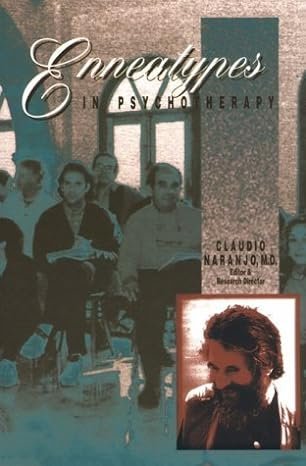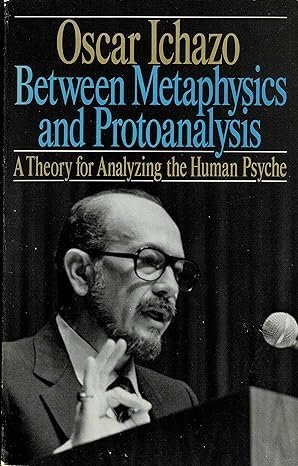Exploring Identity: The Enneagram Self and the Reverse Journey of Self-Discovery
The article will explore the Enneagram system and how identifying with an Enneagram type can be likened to “Driving in Reverse.” It will delve into the concept of the Enneagram, the metaphor of driving in reverse, and the implications of rigidly identifying with a type. The article will discuss the balance between embracing an Enneagram type and maintaining individuality and flexibility in self-perception.
The Enneagram has become an immensely popular tool for personal growth and development in recent years. Though its origins are somewhat murky, the Enneagram outlines nine core personality types, each with its own unique motivations, fears, and patterns of behavior. Many use the Enneagram to better understand themselves and others. However, some contend that overly identifying with one’s Enneagram type can be counterproductive.
Just as driving while only looking through the rearview mirror will likely lead to a collision, navigating life while fixated on the description of a single Enneagram type overlooks our full humanity. The Enneagram, like any personality framework, ought to be held lightly as a tool for growth, not clutched tightly as an identity.

The Allure and Dangers of Enneagram Self Typing
It’s understandable why many find insight in the Enneagram. The nine types offer a taxonomy of motivations and behaviors we intuitively recognize in ourselves and others. Finding one’s type can provide that satisfying “aha!” moment when something clicks into place.
Yet the very power of the Enneagram to help us make sense of ourselves contains a hidden danger. As we zero in on the characteristics of our type, it becomes tempting to filter all of life through that lens. We start typing others, interpreting their behaviors as expressions of their Enneagram number. We may even begin dismissing or looking down on traits associated with other types as inferior.
Without realizing it, our type becomes our story, shaping how we see ourselves and the world. But no single Enneagram style captures the fullness of who we are. When we drive looking only through the rearview mirror, what possibilities lie ahead remain obscured.
It’s as if we are handed a description of a character and asked to play that role in a movie. At first, we may hold some separation between our true selves and this “part” we’ve been assigned. But as we immerse ourselves in embodying the character day after day, we begin to merge with it. The character’s personality, quirks, desires, and fears shape how we think, feel, and act both on and off the set. Though the director may yell “cut!”, we keep playing the part long after filming ends. Our story becomes fused with the narrative of this fictional identity. Lost in the drama, we forget who we were before taking on the role. The Enneagram type starts as a useful lens for self-inquiry, but rigidly overidentifying with it leads to living out someone else’s script rather than improvising our own scene.
First, the metaphor of “driving in reverse” refers to “working on our type” which reinforces the type. Inquiring into our type and understanding it is not the same as working on it with a goal focused on improving ourselves. In this case, the self we are trying to improve is the enneagram type, so we are basically just giving the house a new coat of paint. Delving deep into the enneagram type with open-ended curiosity will challenge our fixed, rigid beliefs and strategies. Like Carl Jung said – making the unconscious conscious.

The Types as Teachers, Not Masters
Rather than masters that rule over us, the Enneagram types can be seen as teachers pointing out areas where we may be stuck. Each type highlights a worldview that crystallized at some point as a coping strategy but now acts as a limiting filter.
For instance, Enneagram Fours gain insight from focusing on their feelings and personal identity. But taken too far, this focus becomes self-absorption oblivious to others. Sevens provide the reminder that life is meant to be enjoyed, yet their future fixation blinds them to the gifts of the present.
These imbalances offer clues for where to focus our growth—not fixed definitions of who we are. Overidentifying with a type makes it the protagonist of our story when in truth, it is merely a supporting actor.

The Healthy Expressions of Each Type
Growth requires moving away from the temptations and traps of our type and toward its healthy expressions instead. Rather than wallowing in psychic pain like unhealthy Fours, integrated Fours take on suffering and redeem it through working on identification, introjection, and exploring the sense of inner deficiency. Healthy Sevens enjoy the moment, recognizing their futures arise from expanding their capacity to expand the immediacy and intimacy of this moment and not distracting themselves with the “greener grass on the other hill.”
Each type likewise contains positive qualities easy to overlook when focused only on stereotypical traits. Generous, idealistic Twos; wise, objective Fives; responsible, reliable Sixes—no single descriptor encapsulates any type. We are irreducible mysteries.

Second, referencing Claudio Naranjo’s book – Character and Neurosis – he states – Truly understanding your enneagram type is all bad news. Meaning that what you are seeing is what is false in you, not the essence of what you are. The enneagram points to doors into the psyche and our conditioning that need to be opened, walked through, and confront what we believe to be true.
Self-Definition Limits Our Openness
Ultimately, rigid identification with an Enneagram type—or any typology—reflects a deeper existential anxiety. We want definitions because they promise to tell us who we are and how to live. But self-definition inherently limits rather than opens possibilities.
Once we recognize the types as useful but incomplete guides, not masters, they become allies instead of limitations. We honor our core motivations and gifts without letting them rule over other facets of ourselves waiting to be explored. Using the map as a map, not the territory, allows us to appreciate the wondrous depth within each of us.
Rather than driving in reverse, staring constantly backward, we look ahead through life’s panoramic windshield into the immediacy of this moment. The typed self gives way to the wide-open mystery of our full humanity.





